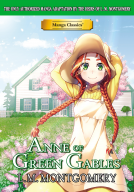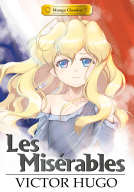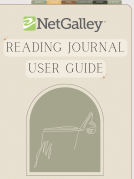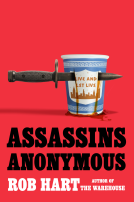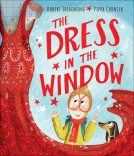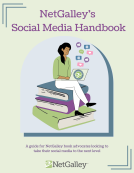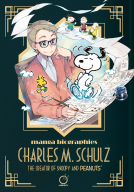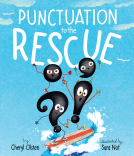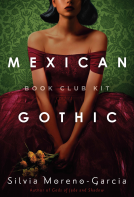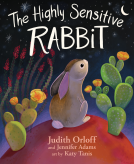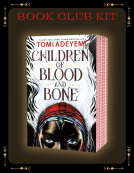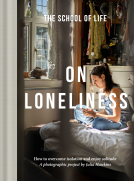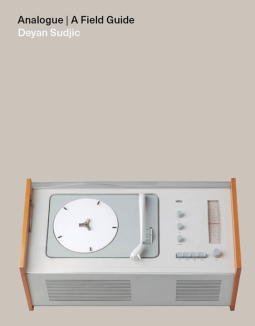
Analogue
A Field Guide
by Deyan Sudjic
This title was previously available on NetGalley and is now archived.
Send NetGalley books directly to your Kindle or Kindle app
1
To read on a Kindle or Kindle app, please add kindle@netgalley.com as an approved email address to receive files in your Amazon account. Click here for step-by-step instructions.
2
Also find your Kindle email address within your Amazon account, and enter it here.
Pub Date Mar 14 2024 | Archive Date Jan 25 2024
Quarto Publishing Group – White Lion | Frances Lincoln
Talking about this book? Use #Analogue #NetGalley. More hashtag tips!
Description
The perfect antidote to your digital diet, this is a delightful exploration of analogue product design that crosses categories and generations, celebrating the timeless allure of the real and tactile over the merely virtual.
Covering sound, vision, communication and information, Analogue: A Field Guide is an evocative trip through an era of innovative design, profiling 250 classic objects from radios to turntables, TVs to cameras, and typewriters to telephones. Along the way, it surveys all the iconic brands as well as the technological developments that have made these devices possible.
There is a growing nostalgia for physical, real-world interaction with design and technology and a desire to reconnect with both things and people, something that has been eroded by the digital revolution. The wide-ranging approach of this book enables it to show the deeper cultural and social significance of the analogue era, with the authority to convince those who know a lot about each category and the breadth to attract the non-specialist. Ideal for those nostalgic for physical media, as well as those who collect, use and maintain these older technologies.
Written by leading design historian, Deyan Sudjic, the book includes works by such renowned designers as Dieter Rams, Philippe Starck, Ettore Sottsass and Richard Sapper, and taps into the ever-growing renaissance of interest in the analogue world.
Available Editions
| EDITION | Hardcover |
| ISBN | 9780711293014 |
| PRICE | £30.00 (GBP) |
| PAGES | 304 |
Available on NetGalley
Average rating from 9 members
Featured Reviews
As a fan of industrial design and old gizmos, I thought *Analogue* might be my cup of tea. It was my nectar of the Gods. Over the not enough pages, Deyan Sudjic (and the team – Peter Dawson/Ronja Ronning on design duties, Gemma Wilson – art director, Susannah Jayes – picture research, and everyone else involved) present the most fabulous, weird, popular, failed designs from the analogue era. Sony’s Walkman is there – but did you know there was a Sony Watchman TV? I was delighted to discover the existence of not just Olivetti Electrosumma but ALSO Olivetti Multisumma AND Olivetti Divisumma!!! (Can you guess what each of them does?) *Analogue* is a museum that curates the experience perfectly. There are so many things I have never seen, and things that I have learned. And they are all beautiful.
Between the chapters, various designers and brands get showcased. From the incredible Dieter Rams’ beige elegance to Ettore Sottsass’ wild colours, the book covers it *all*. Sudjic’s write-ups are fascinating and just right for me, cool with a slight hint of humour. But it’s the imagery that makes this book an absolute gem. I first thought – those must be AI renders. There is no way there are such incredible photos of devices that are over a hundred years old! The index of photographers/sources takes two fill pages of very, very small print. I don’t know who restored those photos – I used to be one of Europe’s best graphic designers in my previous life – but I bow to thee, Mage. This quality is simply impossible. From what I can tell, everything is just the right colour, and that matters, and all of it looks brand new.
Since I mentioned graphic design, early on the book made me incredibly happy by mentioning both Peter Saville’s *Power, Corruption and Lies* (New Order) and Mark Farrow’s *Very* (Pet Shop Boys) as examples of unique record artwork. The book’s design would be (although isn’t) Mark Farrow at his best, the nonobstructive, timeless Helvetica typeface with perfect alignment – yes, this matters – never overtaking the breathtaking photography. Except for *Designed by Apple in California*, I have never seen a book this…gorgeous. Yes, I ran out of superlatives. There is simply no flaw to *Analogue*, though. Way beyond my wildest dreams, this book feels as if somebody has created it specifically for me.
I recommend it to fans and students of industrial design. All of you. I have received a free e-book from NetGalley, but I have already preordered the hardcover (out in March 2024), because I need to salivate over it without pinching a screen.
To everyone involved, I thank you – I can’t think of the last time when a book made me this happy. What an exquisite collection, art direction, design, writing, *work*. In my reviews, I always try to point out something I didn’t like, so I don’t sound like a gush dispenser. There’s nothing in this book that I’d judge as less than perfect.
(Note: this is going on Goodreads the moment it's added there)
Analogue is a fascinating journey through pre-digital technologies in the realms of sound, visual, communication, and information technology. I was hooked immediately in the introduction, which explored how the first smartphone brought about a “mass extinction” event for a multitude of analogue products, but also explored the appeal that these earlier products have to even newer generations because of their tangible, aesthetic, and emotional elements. I learned so much in even the first few pages.
The entire book is organized beautifully and is really visually appealing. Each section (Sound, Visual, Communication, Information) presents a timeline of technological and design developments for a variety of products, with detailed information about designers, innovations and broader impacts on culture and artforms. I appreciated the product directories in each section, as well. My personal favorite products to explore included the TVs and phones.
Overall, I had so much fun reading this. It’s chalked full of interesting facts and discussions, and I walked away with a lot more appreciation and knowledge about a lot of products I have taken for granted. I could see music or media enthusiasts, collectors, hobbyists, and really pretty much anyone enjoying this. Definitely recommend - I’m entirely charmed by it, and I will be picking up a hardcover copy when it is released.
*I received a free eARC of this title through NetGalley in exchange for an honest review. Thank you to the author, publisher, and NetGalley!*
 Lisa D, Reviewer
Lisa D, Reviewer
I was sitting with a friend over coffee a few months ago and he was describing a book he desperately wanted and it wasn't exactly like this, but close enough that I need to go find out how to do a preorder. As someone who has lived through so many changes in technology, it was fascinating to go through what was essentially a catalog of those changes. The material is explanatory and the photos of all the products are clear and excellent.
Thanks to NetGalley for letting me read this
Readers who liked this book also liked:
L.M Montgomery
Children's Fiction, Comics, Graphic Novels, Manga, Teens & YA
Yuzuru Kuki
Biographies & Memoirs, Children's Nonfiction, Comics, Graphic Novels, Manga
JUNO
Arts & Photography, Comics, Graphic Novels, Manga, Travel
Silvia Moreno-Garcia
Historical Fiction, Literary Fiction, Sci Fi & Fantasy
Judith Orloff; Jennifer Adams
Children's Fiction, Middle Grade, Parenting, Families, Relationships
We Are Bookish
Sci Fi & Fantasy, Teens & YA
